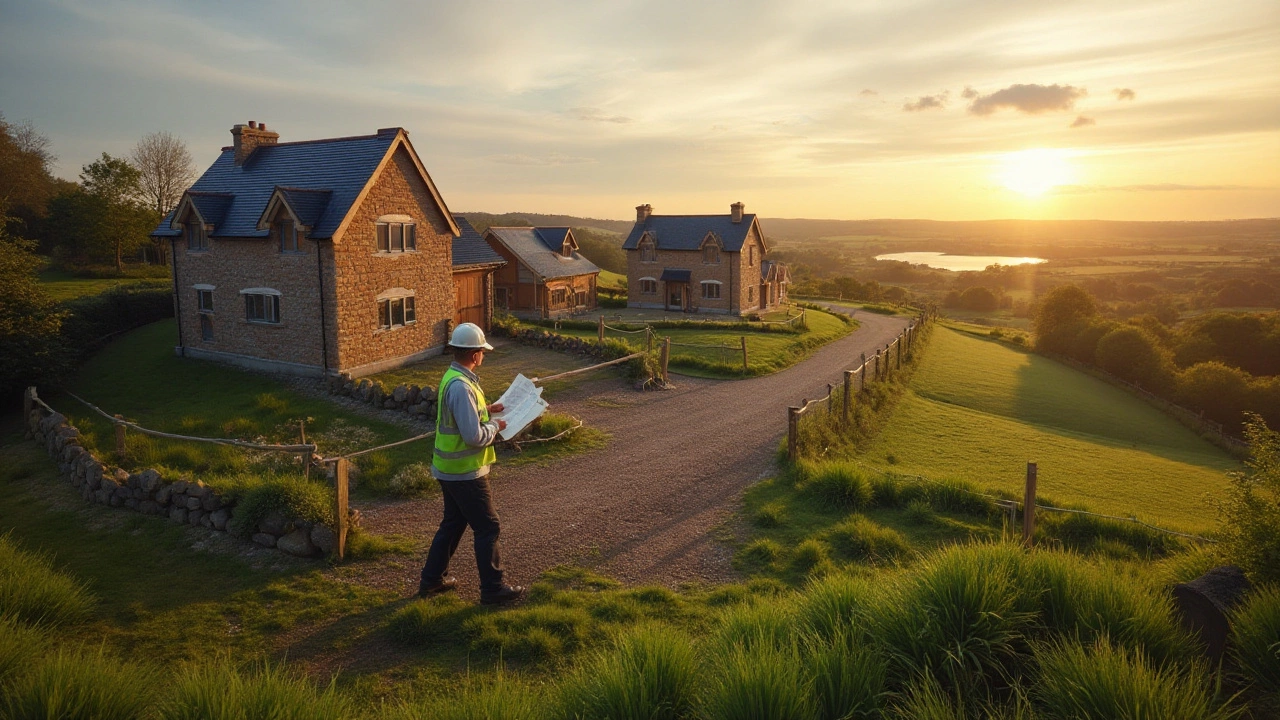Construction Quality: Practical Tips to Spot Problems and Keep Your Build Solid
When you invest in a new home or renovation, the biggest worry is whether the work will stand up to time and wear. Bad quality can mean leaks, cracks, and costly fixes down the line. The good news is you don’t have to be a builder to catch the red flags. Below are simple, down‑to‑earth ways to check the quality of any construction project and keep it on track.
Know the Common Trouble Spots
Every building has a few areas that tend to go wrong. Start with the basics: moisture, structure, and finish work.
Mold and moisture often hide behind walls, under flooring, or in poorly ventilated spaces. Look for musty smells, peeling paint, or discolored patches on ceilings. If you spot any of these, ask for a moisture test and insist on proper sealing.
Foundations and structural elements are the backbone of the whole project. Cracks that appear soon after construction, doors that stick, or uneven floors are warning signs. A reputable contractor should provide a foundation report and, if needed, a structural engineer’s assessment.
Roofing and decking get less attention until a leak shows up. Check nails, flashing, and underlayment for complete coverage. A roof that looks uneven or has missing shingles is a cost‑lier problem waiting to happen.
How to Verify Quality During the Build
Don’t wait until the finish line. Get involved early and often. Here’s a quick checklist you can use on site:
- Ask for daily or weekly progress photos and compare them with the original plans.
- Inspect joints, seams, and corners – they should be tight and clean, not left with gaps or excess filler.
- Check that all materials match the specifications you approved (type of timber, grade of steel, etc.).
- Make sure the contractor follows a documented quality‑control process – things like concrete curing time, moisture barriers, and fire‑rating checks.
- Request a third‑party inspection at critical stages – foundation, rough‑in, and final finish.
If something feels off, call it out right away. Most reputable builders will fix issues on the spot; ignoring them only makes the problem worse.
Another practical tip: keep a simple log of all communications, agreements, and change orders. A written record protects you if disputes arise and helps you keep the project’s scope clear.
Finally, remember that the cheapest bid isn’t always the best choice. Cutting corners on materials or labor may lower the upfront price but will raise maintenance costs later. Look for a balance of fair price, solid reputation, and clear guarantees.
By staying alert to common defect areas, demanding transparent documentation, and using a straightforward inspection checklist, you can significantly boost the construction quality of any project. It takes a little effort now, but it saves you time, money, and headaches down the road.
Assessing the Longevity of Newly Constructed Homes: Are They Built to Last?
- Gavin Whitaker
- |
- |
- 0
Exploring the durability of newly constructed homes involves examining their design, materials, and construction methods. It's crucial to understand if modern building practices ensure a long-lasting structure or if there's a trade-off with rapid construction. This article provides insights into what makes a new build durable and offers practical tips for potential homebuyers. By evaluating various factors, homeowners can make informed decisions about their investments.
View more